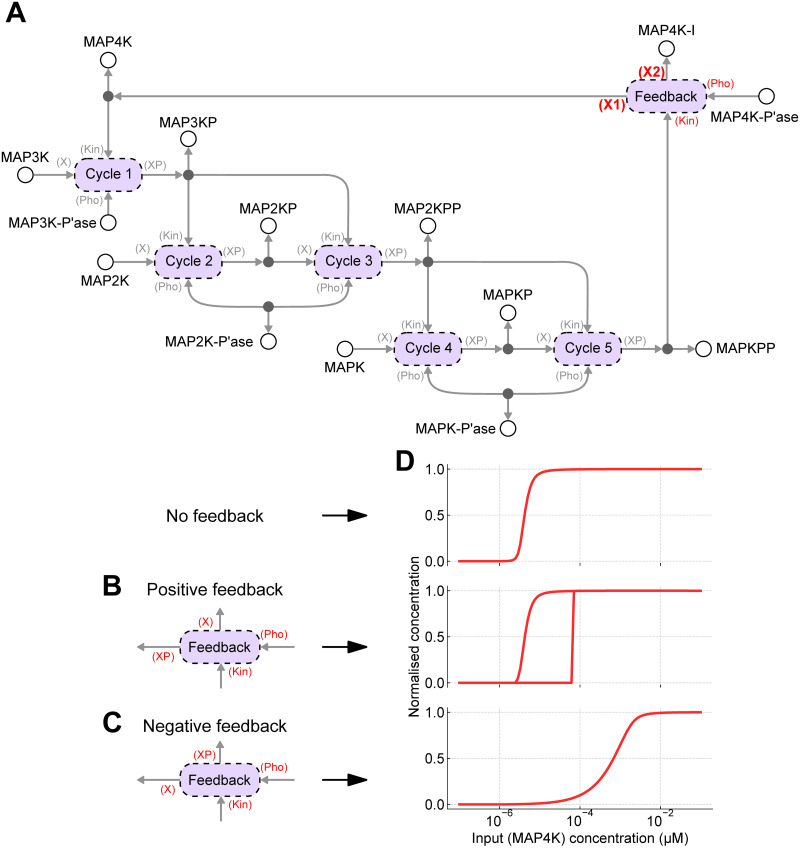Fig 6. Feedback within the MAPK cascade.
(A) Feedback can be added by modifying the core model of the MAPK cascade such that the input (MAP4K) and output (MAPKPP) are connected through a feedback module, which is implemented using the phosphorylation cycle defined in Fig 4C. The nature of the connections can give rise to both positive and negative feedback loops. ATP, ADP and Pi have been omitted for clarity. (B) For positive feedback, the active form of MAP4K is the phosphorylated species; (C) whereas for negative feedback, the active form of MAP4K is the dephosphorylated species. (D) The steady-state response (MAPKPP) of each system in response to changing input. (top) No feedback; (middle) positive feedback; (bottom) negative feedback. The initial conditions are the same as in Fig 5. The model with positive feedback is bistable, and the upper curve is obtained by setting the initial conditions for MAP3K, MAP2K and MAPK to zero, and instead using xMAP3KP = 3 nM, xMAP2KPP = 1.2 μM, xMAPKPP = 1.2 μM.

